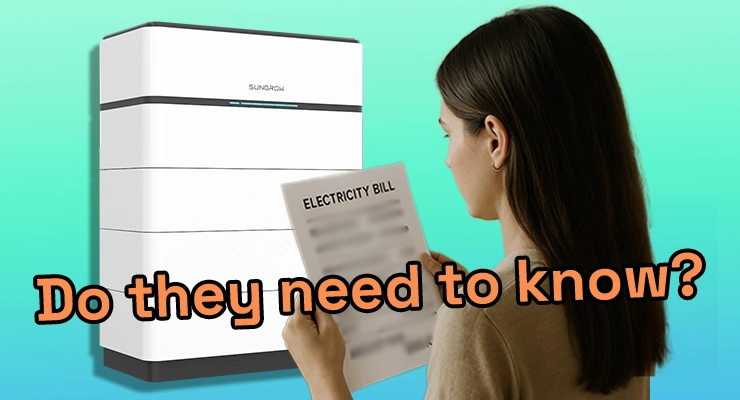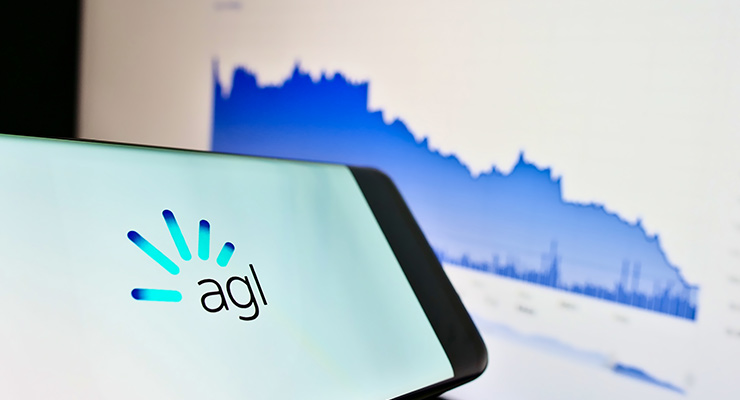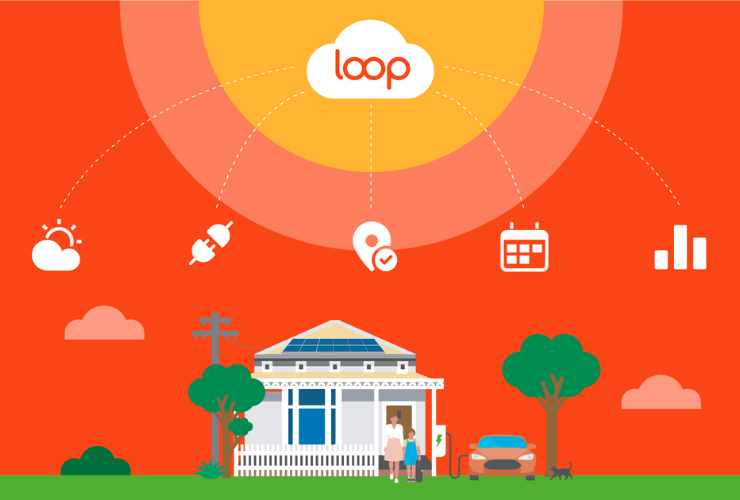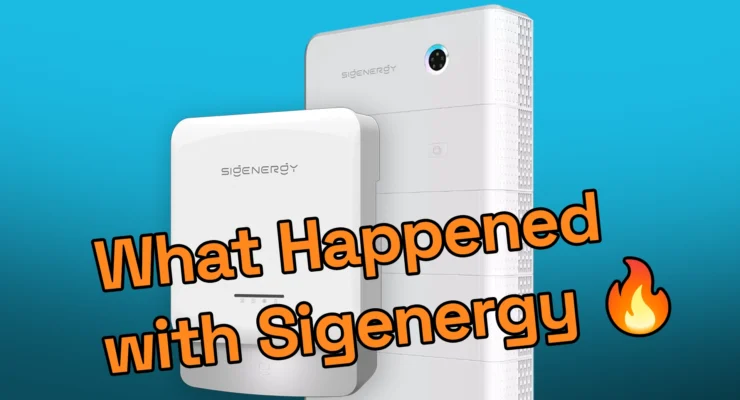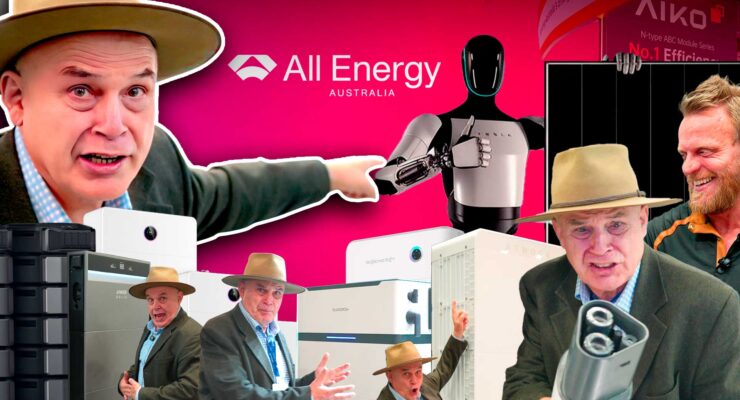Fast read
Yes, while your installer handles the formal grid connection paperwork with the network operator, you absolutely should proactively contact your energy retailer after installing a solar battery. Informing your retailer is crucial to ensure you're on the most suitable electricity plan to maximise your savings and to receive correct payments for any excess power you send to the grid. It's also a necessary step if you wish to join a Virtual Power Plant (VPP) to earn extra revenue from your battery.
Why You Should Inform Your Retailer After Installing a Solar Battery
Installing a solar battery is a significant step towards energy independence and reducing your carbon footprint. It’s an exciting moment, but it also brings up a few practical questions. One of the most common is, “Do I actually need to tell my energy retailer I have a battery now?”
The short answer is a definite yes. While you aren’t legally required to pick up the phone yourself for the system to be approved, failing to communicate with your retailer can lead to missed savings and billing headaches. This article explains who you need to inform, why it’s so important, and how to make the process smooth.
Your installer, the network, and your retailer: Who does what?
When you install a solar and battery system, three main parties are involved: your installer, the Distributed Network Service Provider (DNSP), and your energy retailer. Understanding their roles makes the process much clearer.
- Your Accredited Installer: Their job is to design and physically install your system safely and to Australian standards. Crucially, they are also responsible for lodging the application to connection to the grid.
- The Distributed Network Service Provider (DNSP): This is the company that owns and operates the poles, wires, and infrastructure that deliver electricity to your home. They are responsible for the technical safety and stability of the local grid. Your installer submits the connection application to the DNSP, who must grant formal permission before your system can be legally energised.
- Your Energy Retailer: This is the company that sends you your electricity bills. They buy electricity from generators and sell it to you. While they don’t manage the physical poles and wires, they manage your account, including your rates, and any credits you receive for exporting power.
Your installer handles the formal application with the DNSP. Once approved and installed, the DNSP updates the national metering database, which your retailer can access. So, indirectly, your retailer will eventually find out. However, relying on this process alone is a mistake.
Why must you talk to your energy retailer?
Proactively contacting your retailer after your battery is installed is essential for several financial and practical reasons.
First and foremost is ensuring you are on the right electricity plan. A standard plan might not allow you to get the most value from your battery. With a battery, your energy usage patterns will change dramatically—you’ll be storing cheap solar power generated during the day and using it during the evening peak. Many retailers offer special time-of-use tariffs or specific solar and battery plans that are designed for this. Without switching, you could be missing out on significant savings.
Secondly, it’s about getting paid correctly. The credit you receive for excess solar energy exported to the grid is called a feed-in tariff (FiT). Retailers set their own FiT rates, and these can vary significantly between plans. After installing a battery, your export patterns will change. A quick call to your retailer ensures your account is set up correctly to credit you for any power you do send back to the grid.
Finally, a new meter or a reconfiguration of your existing smart meter is often required to measure the energy flowing to and from your battery and the grid. This process is coordinated between your installer, the DNSP, and your retailer. A quick call can help prevent delays and ensure your bills are accurate from day one.
Unlocking extra value: Joining a Virtual Power Plant (VPP)
One of the most exciting opportunities with a new battery is the ability to join a Virtual Power Plant (VPP). A VPP is a network of connected home batteries that are managed centrally to support the wider electricity grid.
When you join a VPP, you give permission to your energy provider, like AGL or Origin Energy, to draw a small amount of power from your battery during times of very high community demand. In return for helping to stabilise the grid, you receive payments or bill credits, which can significantly improve the return on your investment. For example, some retailers offer an upfront credit and then pay a premium rate for every kilowatt-hour they use.
To take advantage of this, you must have an agreement directly with your energy retailer and be on one of their specific VPP plans. Illustrative examples of batteries well-suited for these programs, due to their advanced features and compatibility, include those from Sungrow and Sigenergy.
Key questions to ask your retailer
When you call your retailer, have a copy of a recent bill handy and be ready to ask a few key questions:
- “I’ve just installed a solar battery. What is the best electricity plan for my new setup?”
- “What are the feed-in tariffs on your solar and battery plans?”
- “Do you offer a Virtual Power Plant (VPP) program, and is my battery compatible?”
- “Can you confirm my new meter has been registered and my account is set up correctly for solar and battery billing?”
Your next steps
Installing a solar battery is a smart investment in your energy future. To ensure you reap the full financial rewards, clear communication is key. While your installer manages the technical grid connection, it’s your responsibility to engage with your energy retailer.
A simple phone call can put you on the best tariff, ensure you’re paid correctly for your exports, and open the door to additional earnings through a VPP. Don’t leave money on the table; call your retailer and make sure your energy plan is working as hard as your new battery.
